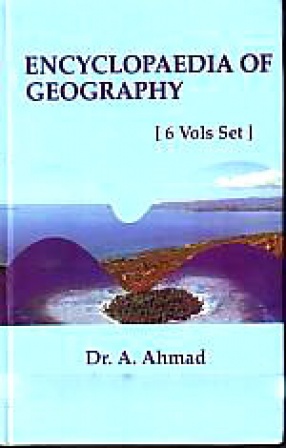
Showing all 7 books

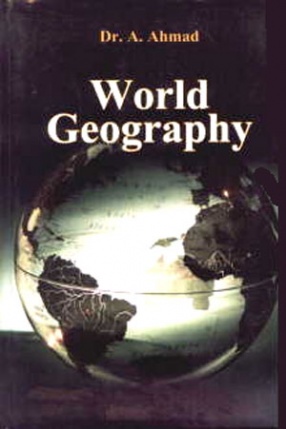

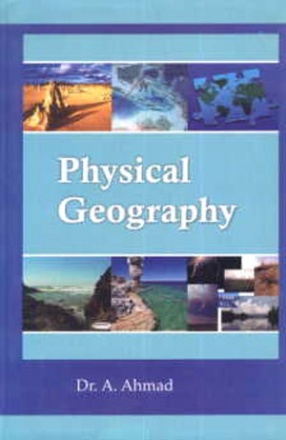
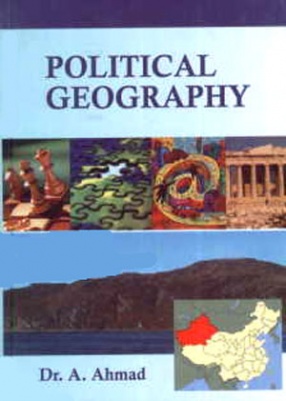
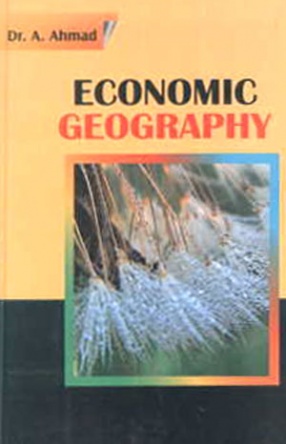
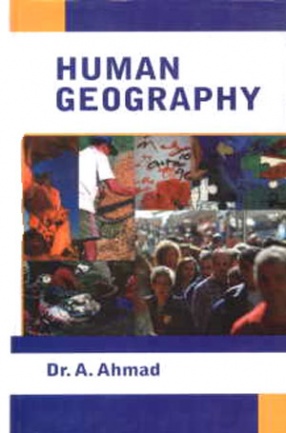


In the area of geography, the knowledge of the atmosphere around a piece of land becomes a must. The climate has direct influence on the flora and fauna of the land. Though, an uphill task, map drawing represents geographical space in miniature. Since it involves many a phenomenon, e.g. soil, climate, vegetation, heights or depths of physical parts, a separate map is drawn for each purpose. All this and a lot more constitute the subject matter of this research ...

As a discipline, population geography is a division of human geography. It is the study of the ways in which spatial variations in the distribution, composition, migration and growth of populations are related to the nature of places. Population geography involves demography in a geographical perspective. It focuses on the characteristics of population distributions that change in a spatial context. Examples can be shown through population density maps. There is ...

In the area of Geography, physical geography (also known as geosystems or physiography) is one of the two major subfields of geography, as opposed to the cultural or built environment, the domain of human geography. Within the body of physical geography, the earth is often split either into several spheres or environments, the main spheres being the atmosphere, biosphere, cryosphere, geosphere. Research in physical geography is often interdisciplinary and uses ...

As a discipline political geography is the branch of human geography that is concerned with the study of both the spatially uneven outcomes of political processes and the ways in which political processes are themselves affected by spatial structures. Conventionally political geography adopts a three scale structure for the purposes of analysis with the study of the state at the centre above it is the study of international relations or geopolitics and below it ...

Specifically, economic geography is the study of the location, distribution and spatial organisation of economic activities, across the earth. The subject matter investigated is strongly influenced by the researcher's methodological approach. Economic geography is usually regarded as a subfield of the discipline of geography. Given the variety of approaches, economic geography has taken to many different subject matters, including: the location of industries, ...

In the modern world, Human geography is an interdisciplinary field combining approaches form academic geography with the traditional subject matter of social science, thus emphasizing population issues such as tourism, urbanization and so on. Human geography broadly differs from physical geography in that it has a greater focus on studying intangible or abstract patterns, surrounding human activity and is more receptive to qualitative research methodologies. It ...
